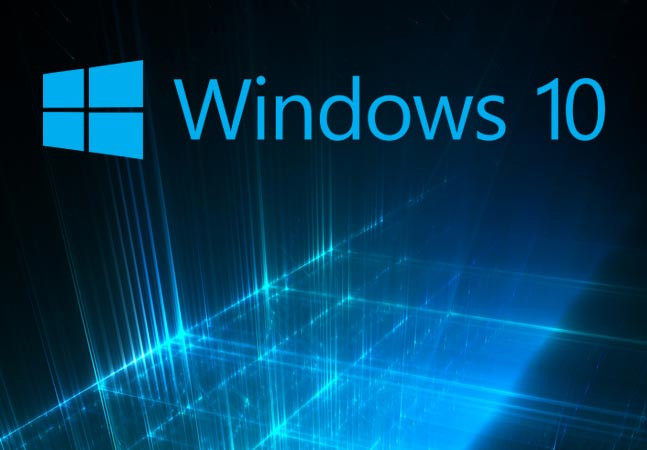Windows 10: How to fix slow boot-up issues after free upgrade
Sluggish start-up times can be resolved with this troubleshooting guide.

Windows 10 users who are affected by slow boot-up issues can blame the problem on either malware and unoptimised startup settings. However, here are a few simple steps from Bidness ETC to speed up boot times on Windows 10.
Windows 10 troubleshooting tips and guides
How to fix Windows 10 slow boot issues
Step 1: Windows 10 could be vulnerable to malware infection, especially if you have not run an anti-virus scan or complete system malware scan, following the install. So, go ahead and run a full system scan with your favourite anti-virus/anti-malware software to remove any possible infections from the PC.
Step 2: Press and hold Ctrl, Shift and Esc to invoke the Task Manager. Then select the Startup tab and then sort out the items according to their Startup impact rating. Disable all those in High category, except for the crucial security software installed on the computer.
For instance, you can safely disable AMD and Nvidia driver services from the startup without affecting the system graphics performance.
How to enable FastStartup and then optimise startup in Windows 10
Step 1: Windows 10 enables fast boot-up and shutdown times through its special Hybrid Startup and Shutdown option, which puts the system into hybernation state. This option can be activated via Control Panel > Power Options.

Step 2: Click on "Choose what the power button does" from the left pane, and then select "Change settings that are currently unavailable." New options under Shutdown settings will appear. Just tick the "Turn on fast startup" checkbox and click "Save changes."
Step 3: Reboot the computer and hold "Windows Key + R" as soon as the desktop appears. Enter "services.msc" in the Run dialog box and hit Enter key.
Step 4: Take note of the list of services which appear to prolong their launch. Right-click those meeting the criteria, open them, and change their setting from default to delayed start and then click save.
That's it. Windows should now boot a lot faster than before.
© Copyright IBTimes 2025. All rights reserved.




















